As home to some of the world’s most breathtaking wildlife spectacles, the Serengeti National Park in Tanzania is a safari enthusiast’s paradise. No Safari in the Serengeti would be complete without witnessing the yearly migration of wildebeests.
Your Northern Tanzania Safari will become an extraordinary journey if you coincide your Serengeti Travel with the many stages of this migration.
Please read on to find the answer to the most intriguing question for a safari traveller – when to visit the Serengeti National Park to witness the thrilling migration.
Understanding Migration and Timing
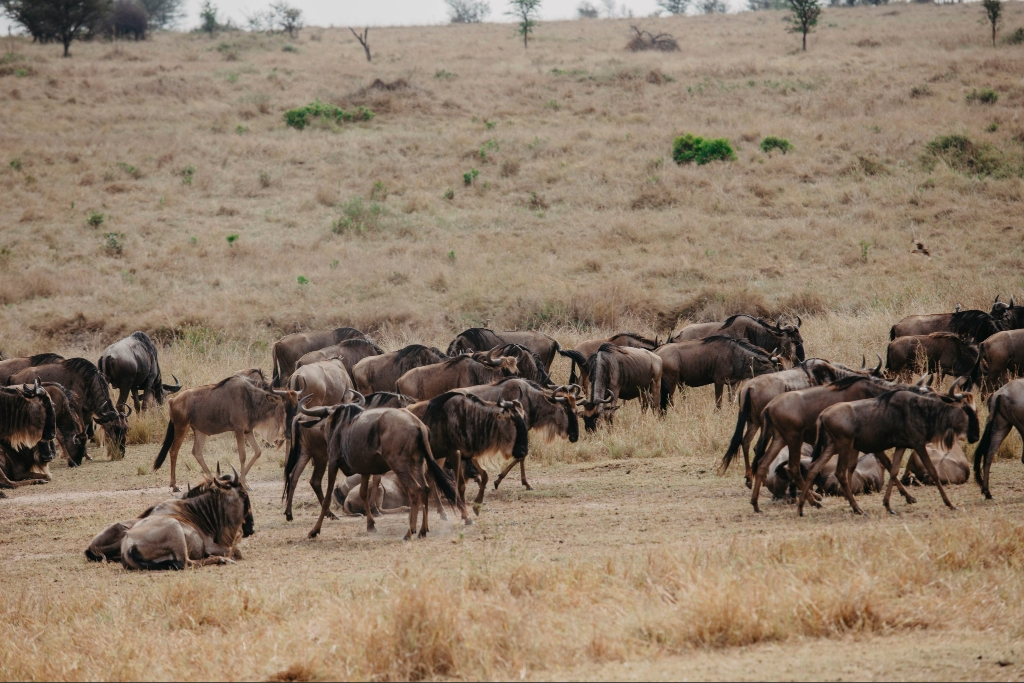
One of the most spectacular natural phenomena on Earth, the annual Serengeti Wildebeest Migration, occurs via distinctive stages across the year.
More than two million animals, including gazelles, wildebeests, and zebras, go on this migration across the Serengeti-Mara ecosystem in quest of new pastures.
If you want to see a particular portion of the migration, you’ll need to plan your trip accordingly. Let’s take a look at how this cycle plays out all year so you can figure out when the wildebeest migration is at Serengeti National Park.
November to December – The Return South
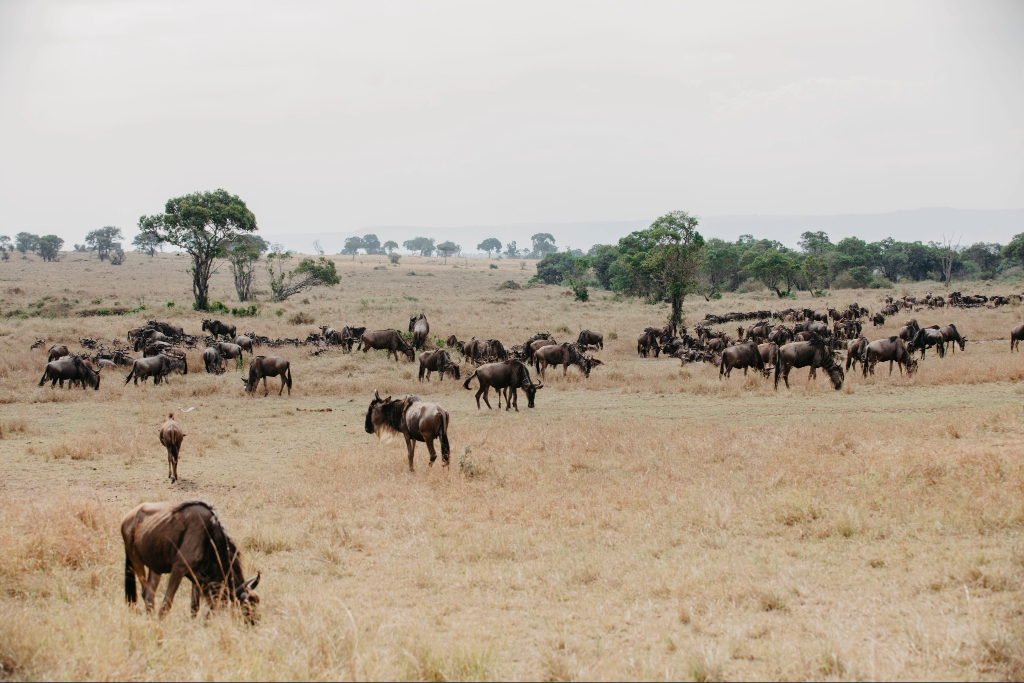
The herds begin to make their way south from the Maasai Mara in Kenya to the southern Serengeti plains as the brief rains start in November. These creatures find refuge in the verdant grasslands.
- Predators such as cheetahs and lions are drawn to the environment by the sight of long lines of zebras and wildebeests.
- At this time of year, wildlife watchers can witness the most exciting predator-prey interactions.
- During this time, the Ndutu plains in the southern Serengeti are at their most colourful.
A Serengeti National Park Vacation in late November or early December is perfect for those who want to see the natural world in all its untamed glory.
“Witness the dramatic predator-prey action in Serengeti’s lush November and December plains.”
January to March – The Calving Season
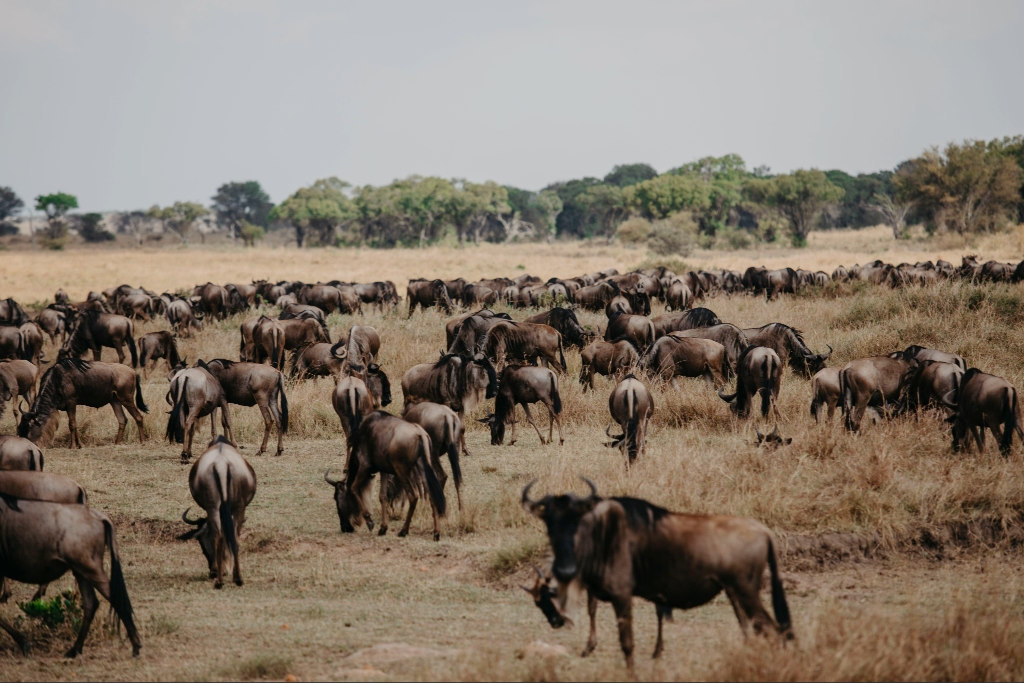
Around Ndutu and the Ngorongoro Conservation Area in the southern Serengeti, the herds begin to congregate in the short grass plains around January.
- Within a few weeks, more than half a million wildebeest calves are born throughout this calving season.
- Predators are drawn to the number of young animals, making for an exciting survival show.
Travelers looking for an immersive Serengeti Safari will find this season to be excellent. It’s also a photographer’s paradise since there are countless chances to get breathtaking photos of predators interacting with their prey.
“Experience life’s circle as new calves survive amidst prowling predators.”
April–June – The Northward Movement Begins
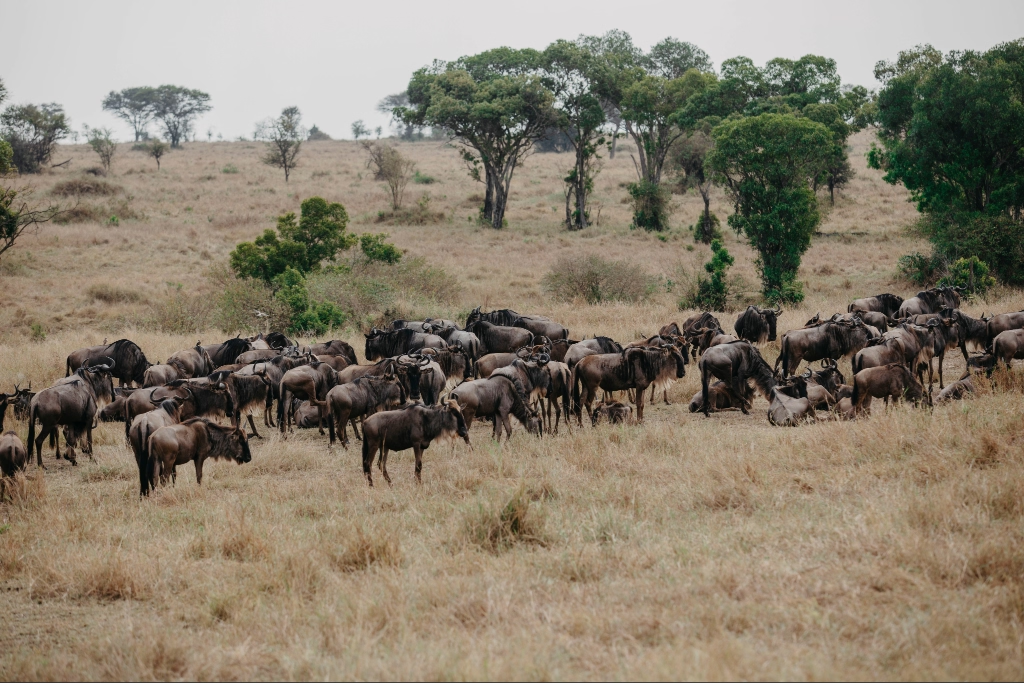
The lengthy rains start in April, and the herds start heading north. Wildlife viewing has become extremely popular in the Seronera area and the Central Serengeti.
- There are a lot of wildflowers in the area, and the light is great for taking pictures.
- The herds arrive in the Grumeti region in June and start making preparations to cross the rivers that are rife with crocodiles.
- The central Serengeti is home to an abundance of different wildlife and is also very picturesque.
For those seeking less crowds and more breathtaking scenery, this is the Best Time to Visit Serengeti National Park.
“Marvel at nature’s artistry in the blooming Serengeti from April to June.”
July to September – River Crossings
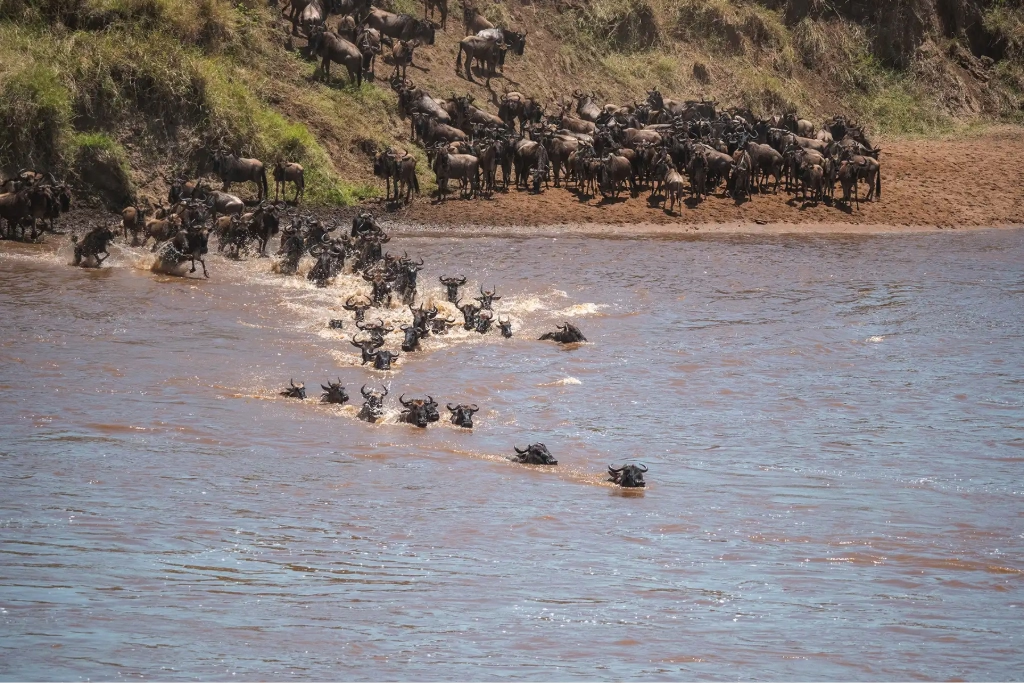
The river crossings, the most exciting part of the Serengeti Wildebeest Migration, happen in the months of July through September.
- The herds encounter the terrifying prospect of fording rivers that are rife with crocodiles as they near the Grumeti and Mara Rivers.
- For many, this is the ultimate migration goal, since it is the most spectacular section of the journey.
There are fewer tourists in the northern Serengeti around this time, so you can get closer to the animals. Staying in this region during this time gives you the best chance to witness the awe-inspiring river crossings.
“Feel the tension rise as herds brave crocodile-filled rivers in their northward quest.”
October to November – The Return Migration
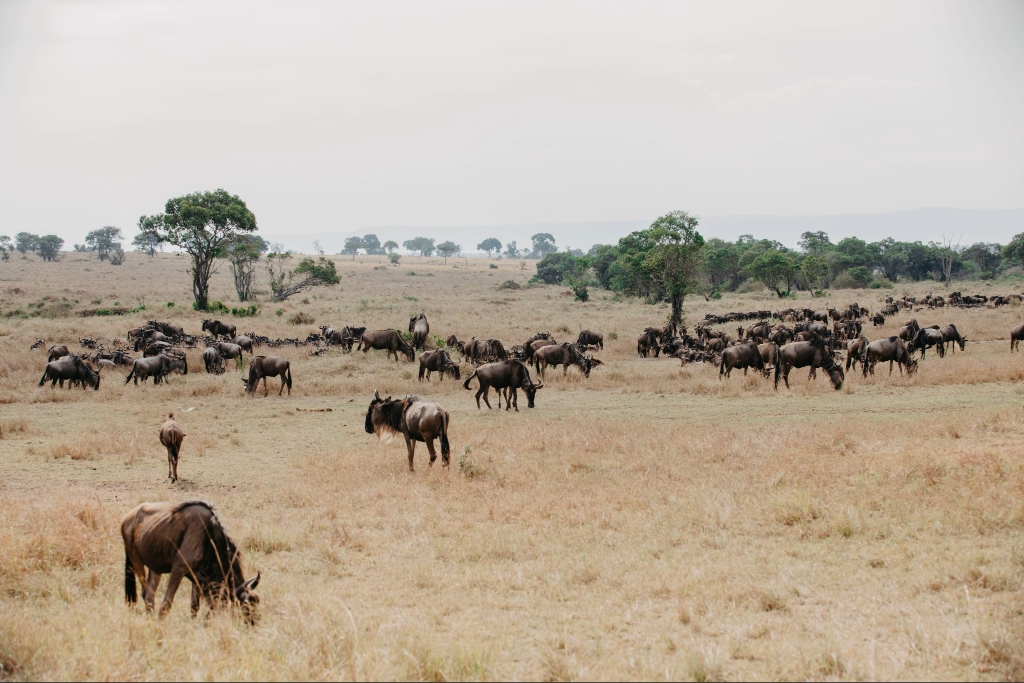
Herds begin the return journey to Serengeti as the Maasai Mara dry season intensifies.
- The migratory cycle on the way back is less dramatic but no less interesting.
- As the herds disperse throughout the plains, they start to concentrate on the scenery of Loliondo and the southern Serengeti.
For a more laid-back encounter with nature, this stage is ideal. Game viewing is made easier and more rewarding by the good visibility provided by the open plains.
“Enjoy the calm yet captivating return of the herds to Serengeti’s vast plains.”
How to Arrange Your Visit to the Serengeti
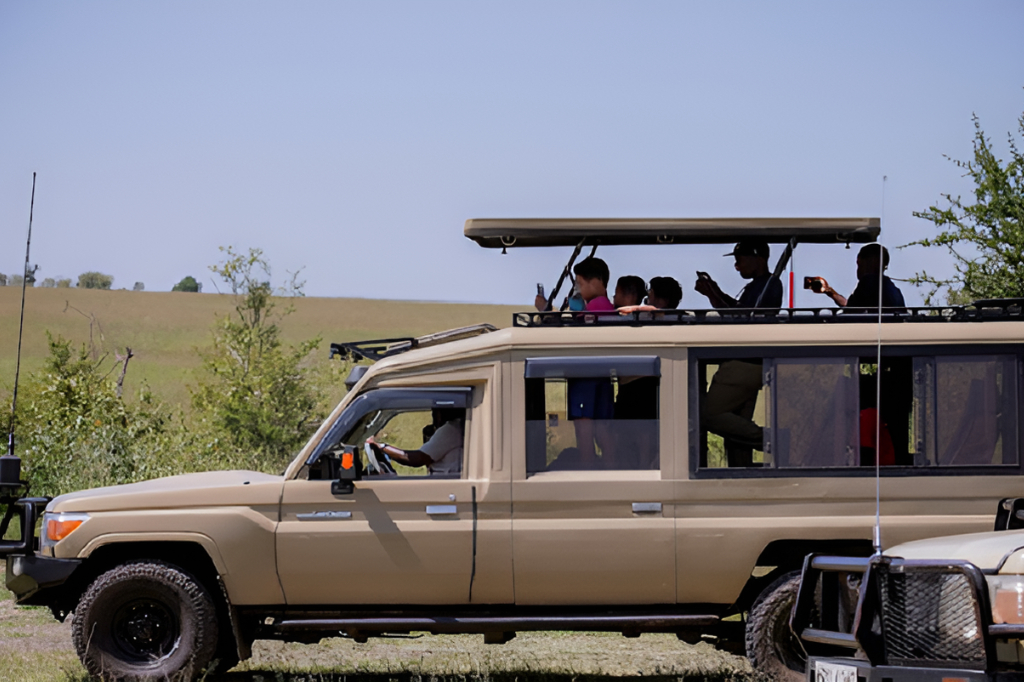
It takes careful preparation to time your Safari in the Serengeti to coincide with the migration.
- Firstly, it is quite helpful to have a good idea of the Serengeti Safari Costs so you can budget accordingly.
- Next, remember to choose your place of stay as per the wildebeest migration pattern.
During the months of April through June, for example, Serengeti camps and lodges in the centre are perfect, whilst those in the north are good for seeing the river crossings.
Your Serengeti National Park vacation will be enhanced by each location, which offers a distinct perspective of the migration.
“Tailor your safari experience to the migration’s most exciting phases for unforgettable memories.”
Serengeti Delivers Your Big Safari Dreams!
A safari in the Serengeti is an immersion into one of the most breathtaking natural displays. Kilimanjaro Heroes Adventures allows you to experience the migration in a way that you have never had before.
With our knowledgeable guides and individualized itineraries, you can rest assured that every moment of your Serengeti Safari Tours will be unforgettable.
“Come and explore the Serengeti, where the wonders of nature and exciting adventures are waiting for you.”

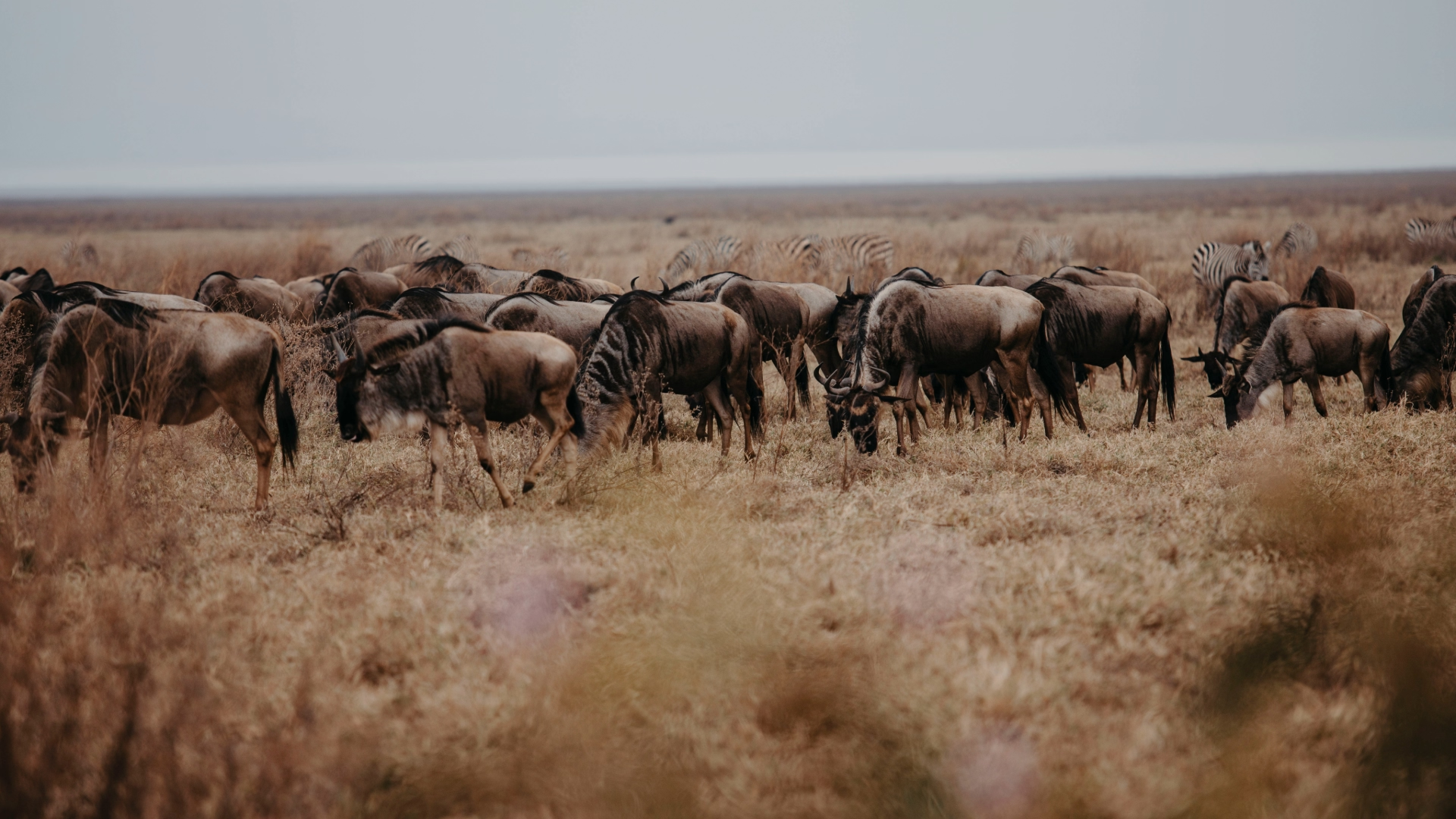

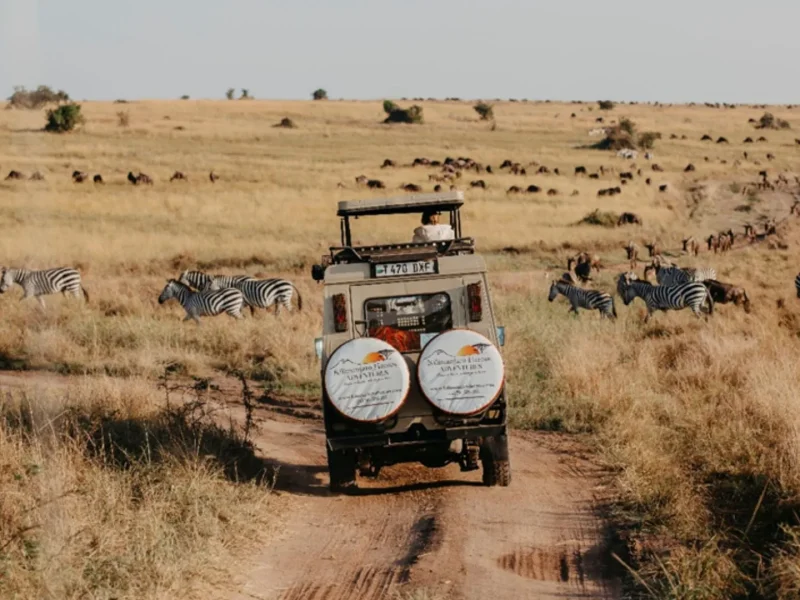
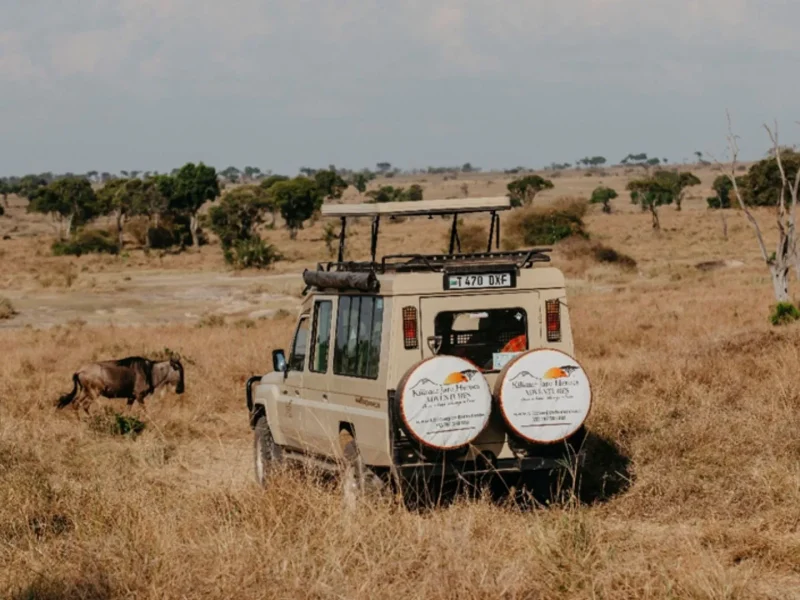
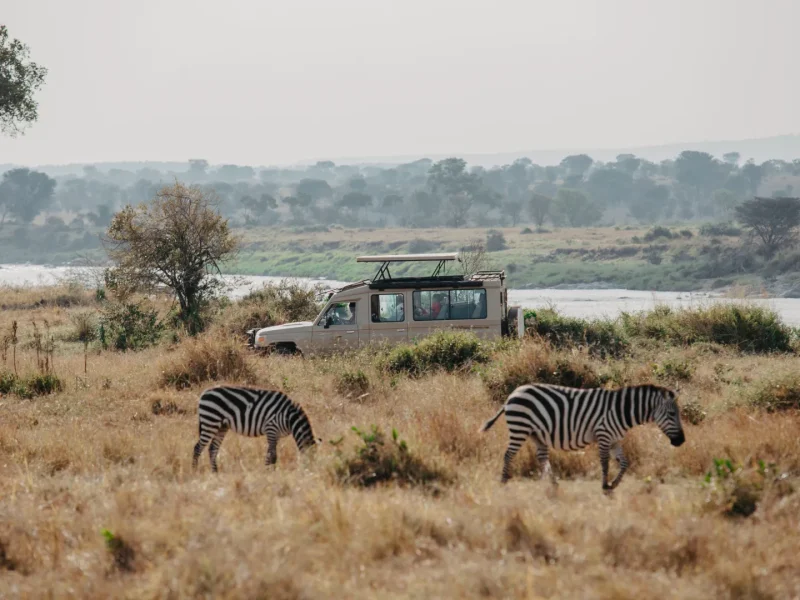
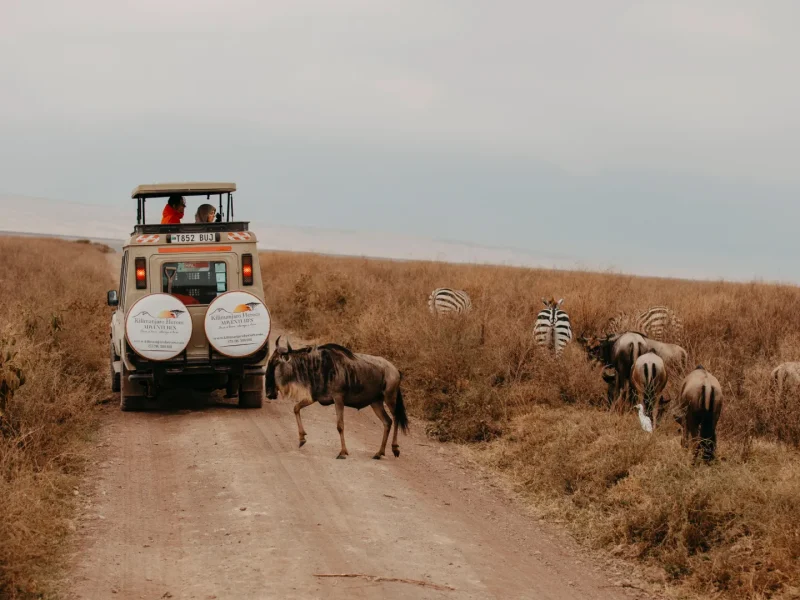
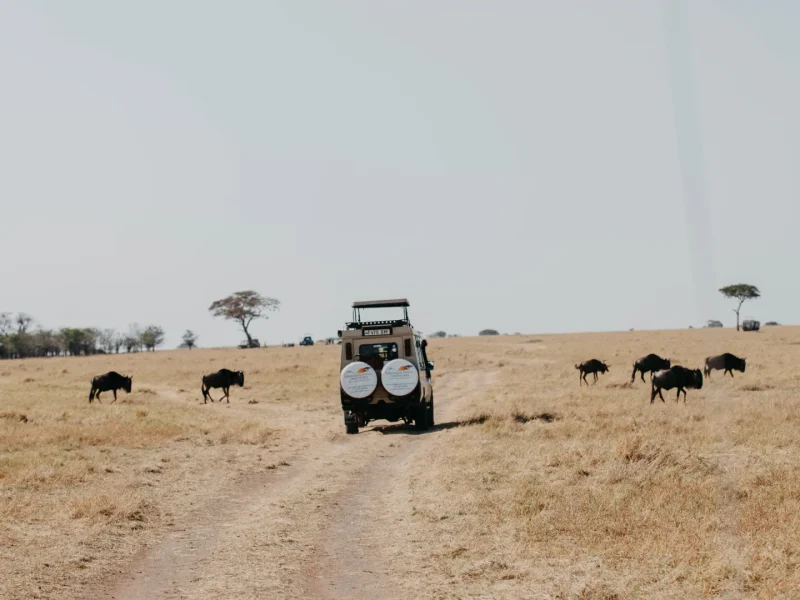
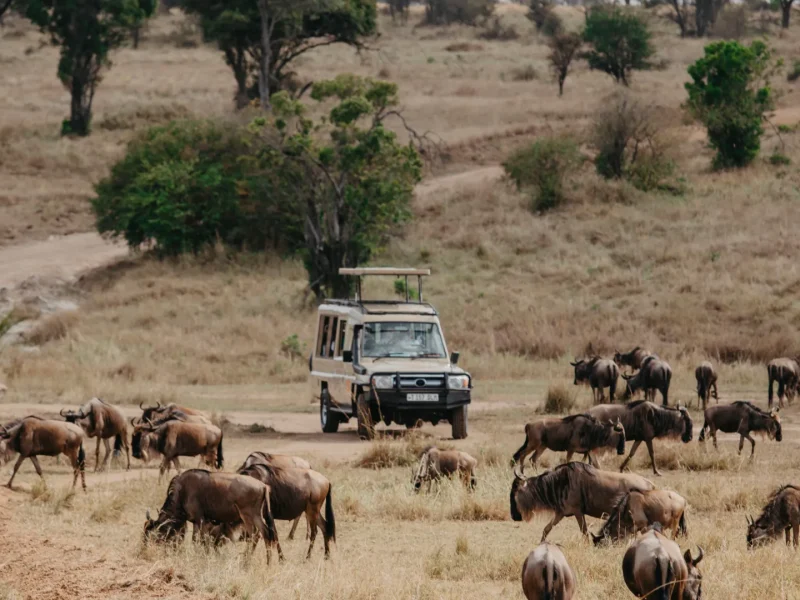

Comment (0)